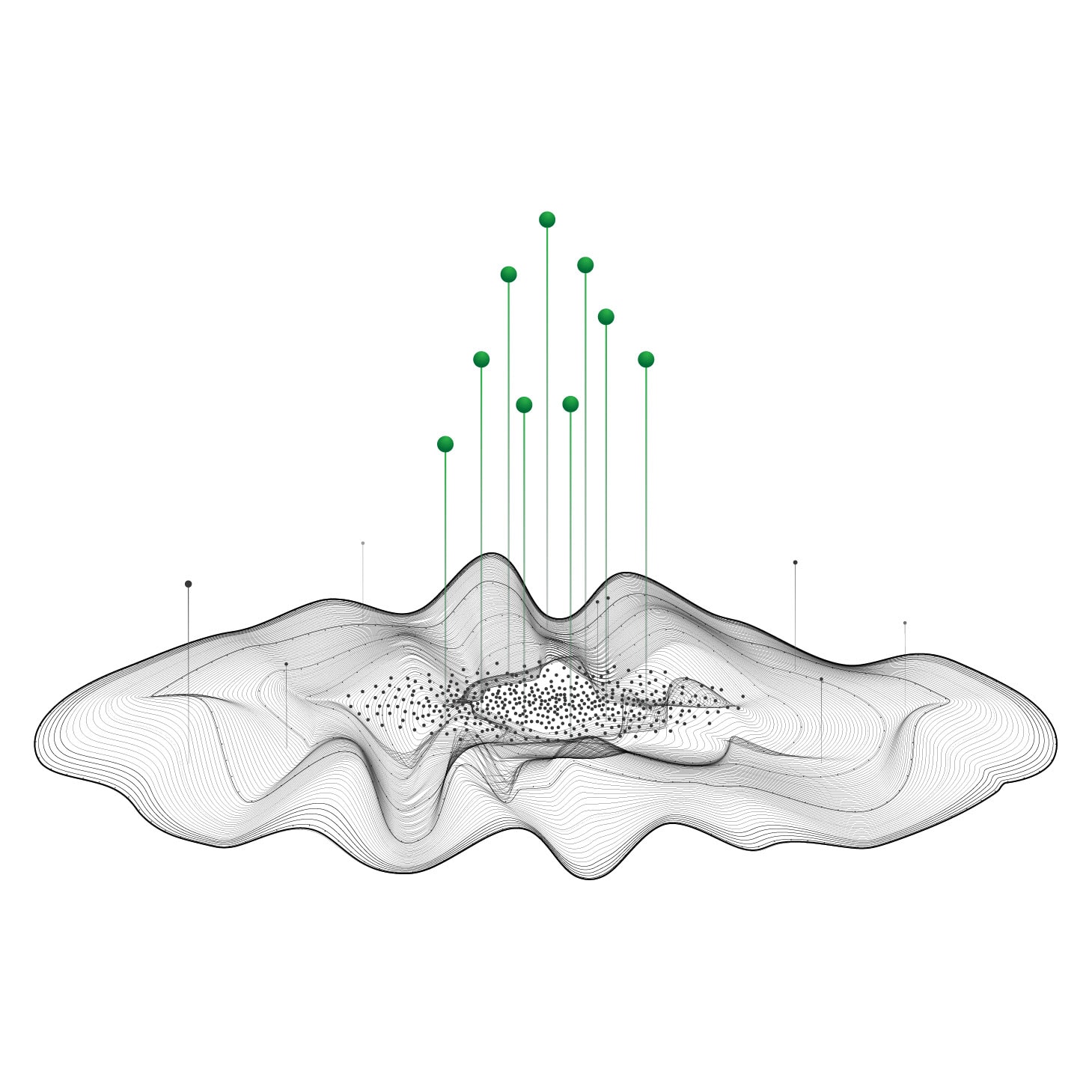Project Portfolio Management Services has been saved

Perspectives
Project Portfolio Management Services
Delivering business value in the digital age
Blurring boundaries between an organization’s technology function and business-focused areas has pushed chief information officers (CIOs) and executives out of their respective silos. This convergence requires leaders to broaden not only their skills, capabilities, and understanding, but also their project portfolio management solutions.
PPM’s digital evolution
Project portfolio management (PPM), like most other disciplines, has evolved as a result of the new digital reality. Today it comprises four core capabilities:
- Portfolio management: Continuously managing the overall portfolio and periodically reassessing and governing the portfolio
- Demand management: Collecting, evaluating, prioritizing, and approving demand, as well as winnowing out nonaligned project or solution ideas
- Project/solution management: Monitoring and controlling project and product progress, as well as resources, risks, issues, financials, scope, and quality
- Business outcome management: Measuring the outcomes of project and solution delivery and comparing those outcomes to the business case promises made in the demand management cycle. Often disregarded or performed poorly or as an afterthought, business outcome management is arguably the most important capability within the PPM framework.
The blurring of business and technology has had particular significance for project portfolio management services, affecting it in some critical ways.
Project portfolio management solutions: Not just about IT anymore
While project portfolio management services began as a set of tools and approaches in support of the IT organization, business executives—under pressure to deliver results in a more agile and seamless manner—realized that many of PPM’s methods could be applied more broadly across the enterprise.
As a result, PPM’s popularity has grown, and it is now used to improve governance in areas as diverse as capital projects, research and development (R&D) efforts, post–merger and acquisition (M&A) integrations, and even Six Sigma initiatives within plants and factories.
Some organizations are even establishing project portfolio management solutions to govern the enterprise portfolio, tasking enterprise portfolio management offices (EPMOs) with providing governance and visibility into work being conducted across the entire enterprise. EPMOs or their equivalents have adopted PPM tools to establish organization-wide standards and reporting, allowing executives to view the real-time status of a wide range of work activities at both the enterprise and functional level.
Core capabilities for PPM

It’s not only about being on time or on budget, but also about business outcomes
The move toward project portfolio management services at the enterprise level shows just how the growing proximity of IT and the business leads to cross-fertilization of valuable practices, with the business adopting and adapting PPM tools and approaches developed primarily within IT.
Likewise, PPM is shifting how it measures success, taking a page from the business side to go beyond merely tracking on-time or on-budget delivery and instead focusing on business outcomes. Achieving business outcomes is the result of maximizing performance, value, and alignment.
- Performance: Realizing stakeholders’ expectations through the reliable, cost-effective delivery of project solutions
- Value: Attaining a quantitative and qualitative return on an organization’s project investment
- Alignment: Demonstrating how the investment and the resulting product or service support the strategy and capabilities required for the enterprise to operate and thrive
It is important not to confuse project performance indicators with business outcomes. Tying the definition of success to value creation and strategy alignment is relatively new for traditional PPM, but it is fast becoming the norm.
Portfolios are about more than projects
What, exactly, do we mean when we talk about a portfolio? In fact, thinking in terms of a portfolio of projects is fast becoming too restrictive and needs to be reframed. What PPM is increasingly overseeing is multiple ways of delivering and managing work. In other words, rather than envisioning its remit as a series of projects delivered independently over time, each with a beginning and an end, PPM has started to think in terms of products for which solutions are continually delivered to modify and enhance the product over time.
Nevertheless, not every workstream is a product or business solution, so PPM needs to be able to adapt to different types of work: A portfolio can, and should, include projects, products, services, and any other investment that realizes business outcomes and generates organizational value.
Agile delivery is becoming the norm
Perhaps one of the biggest impacts of digitization is the increase in expectations regarding the speed at which things get done—whether it’s closing the books or delivering a new product. This in turn has put pressure on organizations to find new ways of working more efficiently and effectively. When it comes to delivery speed, it’s the business that is looking to PPM for ideas.
Traditionally, project portfolio management services used a waterfall, or sequential, approach to executing projects, with business involvement occurring at the project’s outset for requirements-gathering and at the end, during testing and rollout. But as IT and the business have become more closely intertwined, this has started to change. Using agile methods and cross-functional teams, PPM began turning to a more iterative approach focused on fine-tuning its deliverables to the needs of the business.
We are increasingly seeing the use of agile methods outside of IT, particularly where there is a benefit to understanding the user or customer experience and continually improving the product. Despite the emphasis on agile, other forms of delivering work are not going away.
Looking ahead: Project portfolio management services of the future
Like other disciplines, digital forces are changing the nature of PPM and forcing it to adapt. Understanding and planning for these digital forces and trends is critical to ensuring PPM continues to deliver business value. As digital continues to affect PPM, newly emerging trends that are likely to grow and expand include the use of robotic process automation, artificial intelligence, and the changing nature of work.
As digital and other factors change the nature of work, organizations are focusing on managing their talent while striving for operational excellence and continuous innovation. In order to deliver on their priorities, leaders must not only strategically develop their talent, but also leverage partners. This will continue to lead to closer interactions with partners, vendors, and sometimes even competitors, with the goal of achieving joint value creation.
The movement to execute PPM across organizations consistently and simply, however, is not changing. Neither is the core question “Am I doing the right things?” What is changing is the question “Am I doing the right things right?” As PPM continues its course in the digital age, mastering new technologies and ways of working will be central to answering that latter question in the affirmative.
As digital and other factors change the nature of work, organizations are focusing on managing their talent while striving for operational excellence and continuous innovation.

Explore more on Project Portfolio Management (PPM)
Gain the insights needed to propel your PPM journey into success:
- Discover how Agile and PPM relate, where to align them, and the strategic thinking behind proactive alignment of the two.
- Learn how PPM can help leaders realize business transformation by aligning project, product, and service investments to the business strategy.
Recommendations
Program and Transformation Management Services | Deloitte US
Driving mission-critical business transformations and complex strategic initiatives
Program Aerodynamics™
Discover Deloitte's next-gen approach to delivering complex projects in a fast-moving world.




